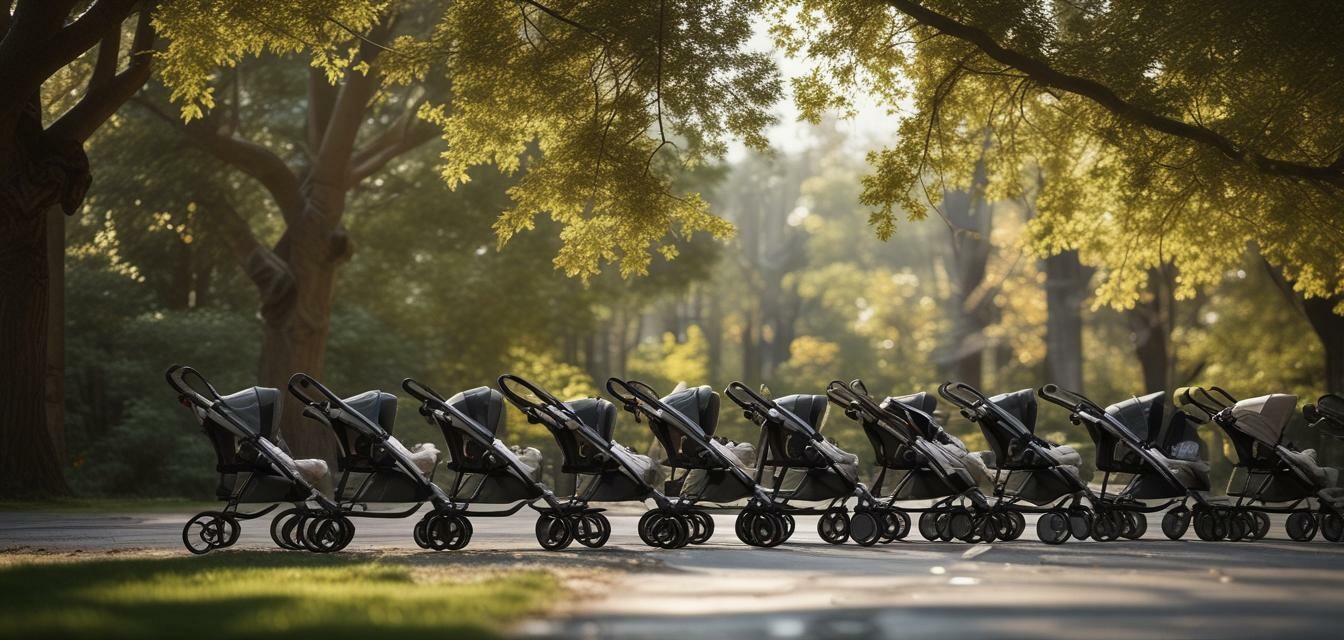
Stroller Safety: New Regulations Every Parent Should Know
Key Takeaways
- Stroller safety regulations have evolved to ensure enhanced protection for children.
- Key features to look for include safety harnesses, brakes, and stability measures.
- Understanding these regulations can help parents make informed purchasing decisions.
- Regular maintenance and adherence to guidelines are crucial for stroller safety.
As parents, ensuring your child's safety while using a stroller is paramount. In recent years, new regulations have emerged to improve stroller safety standards significantly. This article will discuss these regulations and what you should be aware of when choosing and using a stroller.
The importance of stroller safety regulations
Stroller safety regulations are designed to address potential hazards that could harm infants and toddlers. The increasing focus on these regulations has created a safer marketplace for parents looking to invest in baby strollers. Understanding these updates can help you make informed decisions about the equipment you choose for your child.
Recent Updates to Stroller Safety Standards
| Year | Regulation | Description |
|---|---|---|
| 2021 | Enhanced safety harness standards | All strollers must now have a five-point harness system to prevent falls. |
| 2022 | Braking system requirements | Strollers must feature a more reliable braking system to reduce accidents. |
| 2023 | Stability guidelines | New testing for stability to prevent tipping over during use. |
Key safety features to consider
When selecting a stroller, parents should prioritize certain safety features that align with the latest regulations. Here are the top features to look for:
Safety Features Checklist
- Five-point safety harness: Ensures that your child is securely strapped in.
- Durable brakes: Look for foot-operated brakes that are easy to use.
- Sturdy frame: A well-constructed frame helps prevent tipping.
- Adjustable handlebars: Ensures a comfortable grip for parents of varying heights.
- Sunshade: Protects your child from the sun and offers added comfort.
Best practices for using strollers
Even with the best stroller, adhering to certain practices can significantly enhance your child's safety while being transported. Here are some critical tips:
- Always use the safety harness, even for short walks.
- Make sure the brakes are engaged when stationary.
- Regularly inspect your stroller for any signs of wear and tear.
- Avoid hanging bags or heavy items from the handlebars to maintain balance.
- Never leave your child unattended in a stroller.
Upcoming changes and what to expect
The Consumer Product Safety Commission (CPSC) continues to monitor for new safety standards. Among the projected changes include:
- A potential requirement for improved stability tests.
- Enhanced labeling for safety standards on all strollers.
- Ongoing educational initiatives for parents on stroller safety.
Maintaining your stroller for optimal safety
Taking proper care of your stroller can ensure that it functions as intended while keeping your child safe. Here are some maintenance tips:
Stroller Maintenance Tips
- Clean wheels and check for any obstruction regularly.
- Inspect the fabric for any tears or damage.
- Lubricate moving parts to prevent rust.
- Store your stroller in a dry place to avoid mold.
- Consult the manufacturer’s manual for specific maintenance guidelines.
Conclusion
Being informed about stroller safety regulations is essential for all parents. By understanding the current changes and best practices, you are better equipped to select a stroller that not only meets safety standards but also offers peace of mind. For more information on choosing the right stroller, visit our buying guides section on our website.
Pros
- Enhanced safety features protect your child.
- Regulations ensure lower risk of accidents.
- Informed parents make safer choices.
Cons
- Some strollers may be more expensive due to compliance with regulations.
- Parents may feel overwhelmed by the number of options available.